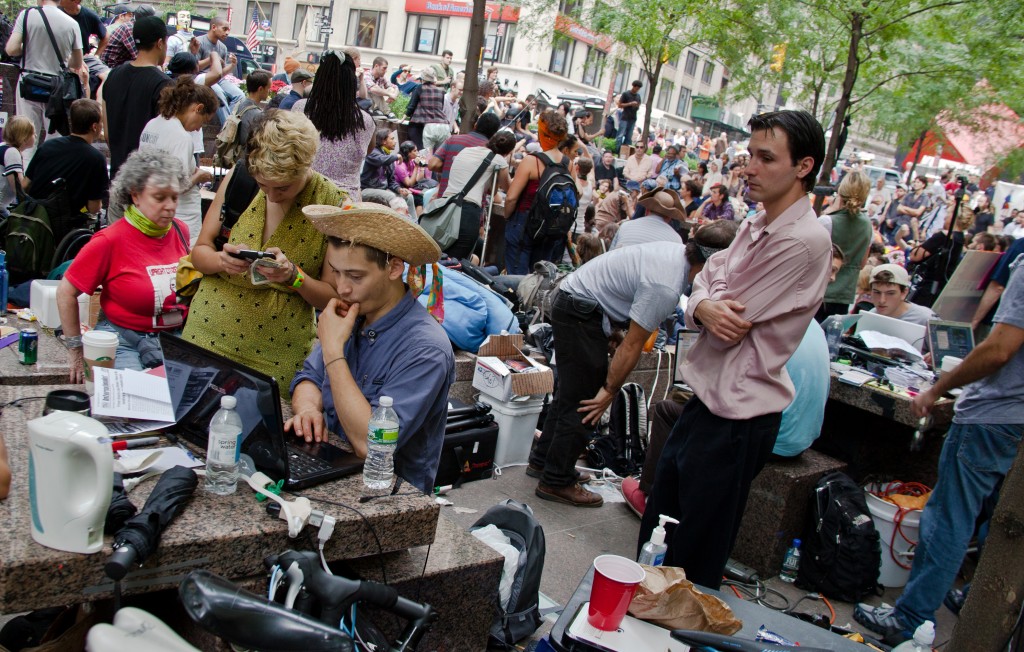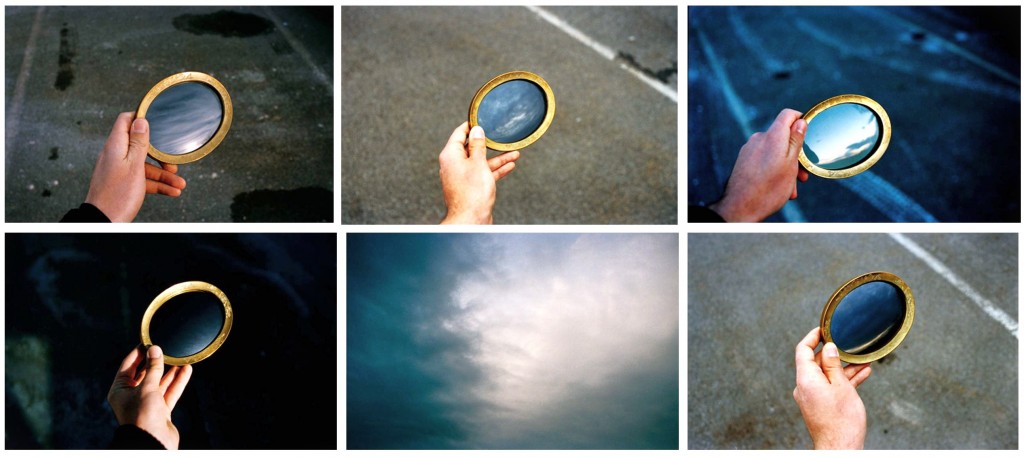
Cyborgology editor Nathan Jurgenson will be in Zuccotti park Saturday, and contributing author David Banks will be participating in a new occupation in Albany, NY. Nathan will be providing his insights on social media and the OWS movement. David will be watching closely and commenting on the birth of a local occupation.


